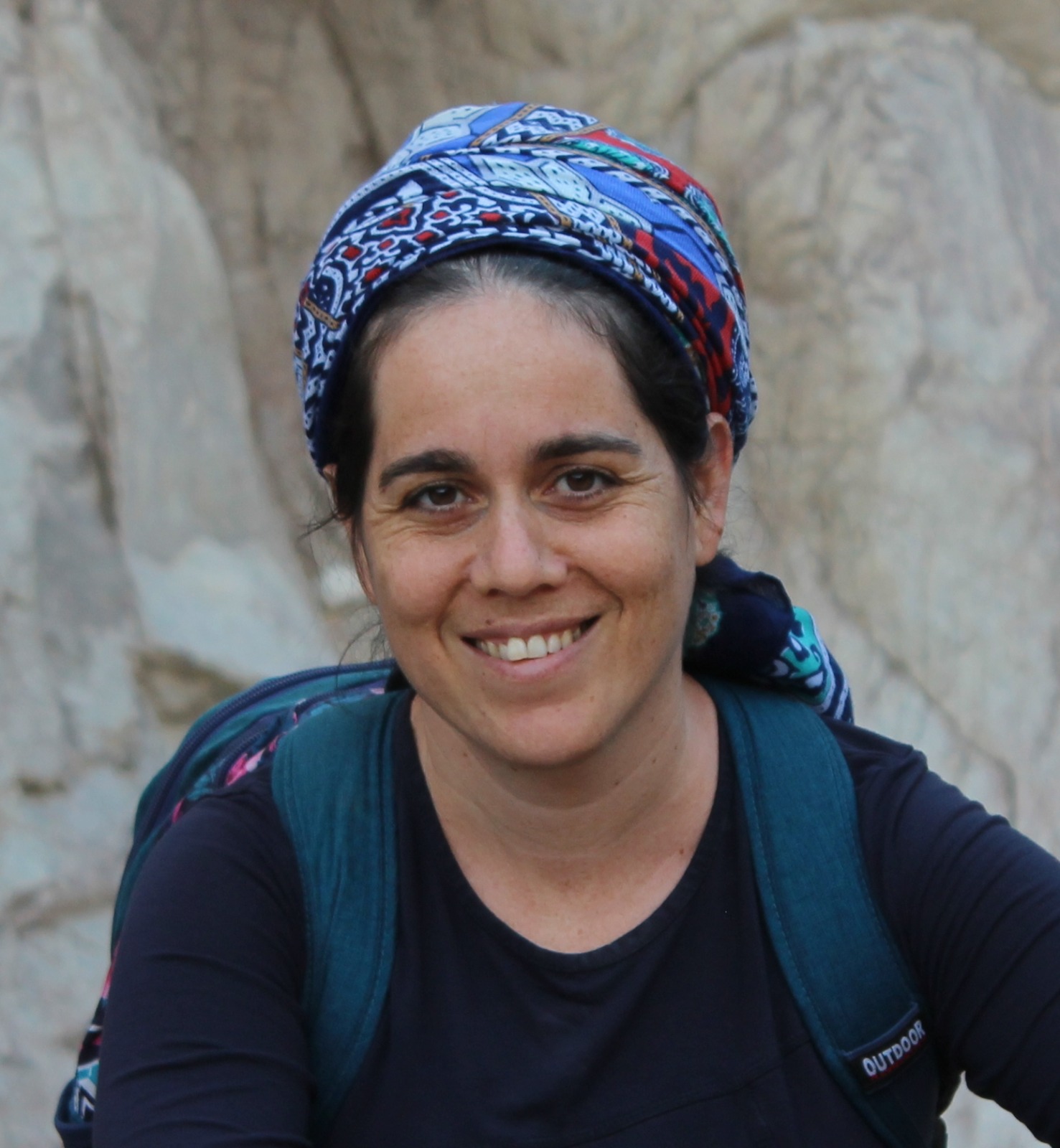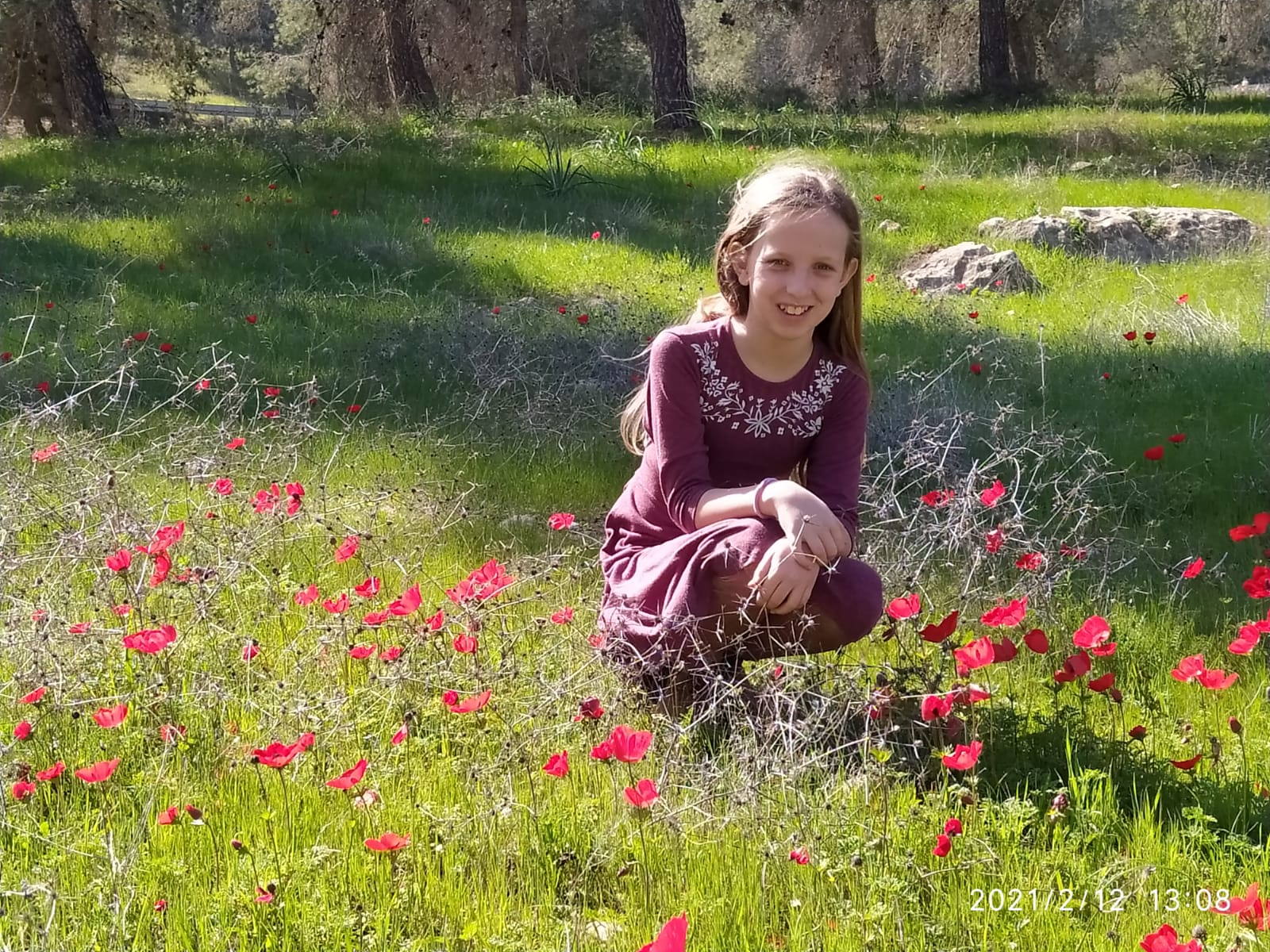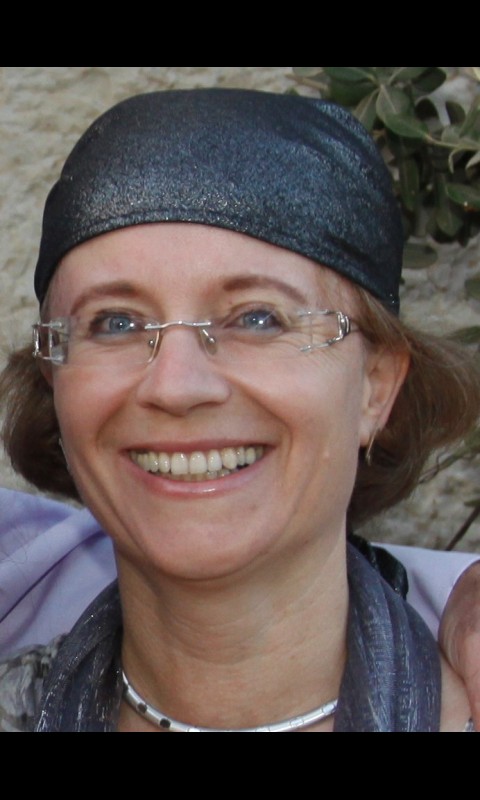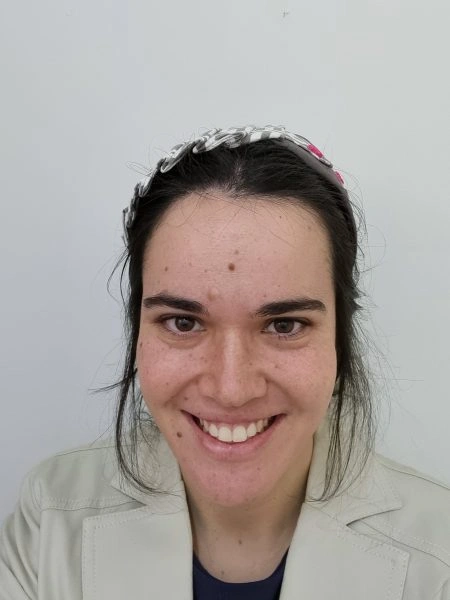בבא קמא קא
כַּפְרָא דּוּדֵי.
The sediments of dye in the cauldrons, that is, the dyer took the dye remaining in the cauldron from previous use, and used that dye for this garment, leading to an inferior result.
תָּנוּ רַבָּנַן: הַנּוֹתֵן עֵצִים לֶחָרָשׁ לַעֲשׂוֹת מֵהֶן כִּסֵּא, וְעָשָׂה מֵהֶן סַפְסָל; סַפְסָל, וְעָשָׂה מֵהֶן כִּסֵּא – רַבִּי מֵאִיר אוֹמֵר: נוֹתֵן לוֹ דְּמֵי עֵצָיו. רַבִּי יְהוּדָה אוֹמֵר: אִם הַשֶּׁבַח יָתֵר עַל הַיְּצִיאָה – נוֹתֵן לוֹ אֶת הַיְּצִיאָה, וְאִם הַיְּצִיאָה יְתֵירָה עַל הַשֶּׁבַח – נוֹתֵן לוֹ אֶת הַשֶּׁבַח.
§ The Sages taught (Tosefta 10:8): With regard to one who gives wood to a carpenter to fashion a chair from it and he fashioned a bench from it instead, or one who gives him wood to fashion a bench and he fashioned a chair from it instead, Rabbi Meir says: The carpenter gives him the value of his wood and keeps the chair or bench, as he has acquired it due to the change. Rabbi Yehuda says: He does not acquire the item. Rather, if the value of the wood’s enhancement exceeds the carpenter’s expenses the owner gives the carpenter the expenses, and if the expenses exceed the enhancement of the wood he gives him the value of the enhancement. Since the carpenter deviated from the customer’s order, he is entitled to either his expenses or the enhancement, the smaller amount of the two.
וּמוֹדֶה רַבִּי מֵאִיר אִם נָתַן עֵצִים לֶחָרָשׁ לַעֲשׂוֹת מֵהֶן כִּסֵּא נָאֶה, וְעָשָׂה מֵהֶן כִּסֵּא כָּעוּר; סַפְסָל נָאֶה, וְעָשָׂה סַפְסָל כָּעוּר – אִם הַשֶּׁבַח יָתֵר עַל הַיְּצִיאָה, נוֹתֵן לוֹ דְּמֵי הַיְּצִיאָה; וְאִם הַיְּצִיאָה יְתֵירָה עַל הַשֶּׁבַח, נוֹתֵן לוֹ דְּמֵי הַשֶּׁבַח.
The baraita continues: And Rabbi Meir concedes that if he gave wood to a carpenter to fashion a beautiful chair from it and he fashioned an ugly chair from it, or to fashion a beautiful bench from it and he fashioned an ugly bench from it, then if the value of the wood’s enhancement exceeds the carpenter’s expenses the owner gives the carpenter the value of the expenses, and if the expenses exceed the enhancement he gives him the value of the enhancement. Since the carpenter did not deviate significantly from the customer’s instructions, Rabbi Meir concedes that the carpenter does not acquire the item due to the change.
אִיבַּעְיָא לְהוּ: יֵשׁ שֶׁבַח סַמָּנִין עַל הַצֶּמֶר, אוֹ אֵין שֶׁבַח סַמָּנִין עַל הַצֶּמֶר?
§ In connection with the discussion of the halakhic implications of the enhancement of a garment quoted above, the Gemara records that a dilemma was raised before the Sages: What is the halakha? That the enhancement which dye provides to the wool is substantive, i.e., the dye is considered a separate entity from the wool it dyed? Or is the halakha that the enhancement which dye provides to the wool is not substantive, i.e., the dye does not remain an independent entity, and it is viewed as if there is only colored wool?
הֵיכִי דָמֵי? אִילֵּימָא דִּגְזַל סַמָּנִין וְדַקִּינְהוּ וּתְרָנְהוּ וּצְבַע (בָּהֶן) [בְּהוּ], תִּיפּוֹק לֵיהּ מִשּׁוּם דִּקְנָנְהוּ בְּשִׁינּוּי!
The Gemara asks: What are the circumstances in which this dilemma is relevant? If we say that the dilemma arises where one robbed another of pigments, and ground them up and soaked them in water, converting them into dye, and then dyed wool with them, then the dilemma would be concerning how the robber returns the pigments. In this case, derive the halakha due to the fact that the robber acquired the pigments due to a change of form, which occurred when he ground the pigments, and in any event will be obligated to return the value of the pigments at the time of the robbery.
לָא צְרִיכָא, דִּגְזַל סַמָּנִין שְׁרוּיִין, וּצְבַע בְּהוּ. מַאי? יֵשׁ שֶׁבַח סַמָּנִין עַל גַּבֵּי צֶמֶר, דַּאֲמַר לֵיהּ: ״הַב לִי סַמָּנַאי דִּשְׁקַלְתִּינְהוּ״; אוֹ דִלְמָא אֵין שֶׁבַח סַמָּנִין עַל גַּבֵּי הַצֶּמֶר, דַּאֲמַר לֵיהּ: ״לֵית לָךָ גַּבַּאי וְלָא מִידֵּי״?
The Gemara answers: No, it is necessary to resolve the dilemma in a case where one robbed another of pigments that had already been soaked in water, and then dyed wool with them. What is the halakha here? Is the enhancement which dye provides to the wool substantive, i.e., a separate entity, so that the owner can say to the robber: Give me my dyes that you took? Or perhaps the enhancement which dye provides to the wool is not substantive, but becomes one with the wool, so that the robber can say to the owner: I have nothing at all of yours, since the dyes are no longer considered extant.
אָמְרִי: וְאִי אֵין שֶׁבַח סַמָּנִין עַל גַּבֵּי צֶמֶר, מִי מָצֵי אָמַר לֵיהּ: ״לֵית לָךָ גַּבַּאי וְלָא מִידֵּי״?! נֵימָא לֵיהּ: ״הַב לִי סַמָּנַאי דְּאַפְסֵדְתִּינְהוּ״!
The Gemara rejects this understanding of the application of the dilemma. The Sages say: And even if the enhancement which dye provides to the wool is not substantive, can the robber really say to him: I have nothing at all of yours? Let the owner say to him: Give me my dyes that you have caused to be lost. Even if the dyes are no longer considered extant, the owner is still entitled to monetary compensation for the robbery.
אֶלָּא לְהָךְ גִּיסָא: אֵין שֶׁבַח סַמָּנִין עַל גַּבֵּי הַצֶּמֶר, וּבָעֵי שַׁלּוֹמֵי לֵיהּ; אוֹ דִּלְמָא יֵשׁ שֶׁבַח סַמָּנִין עַל גַּבֵּי צֶמֶר, וַאֲמַר לֵיהּ: ״הָא מַנְּחִי קַמָּךְ – שִׁקְלִינְהוּ״? ״שִׁקְלִינְהוּ״?! בְּמַאי (שָׁקְלֵיהּ) [שָׁקֵיל לְהוּ], בְּצָפוֹן? צָפוֹן עַבּוֹרֵי מְיעַבַּר, הֲשָׁבָה לָא עָבֵיד!
Rather, the dilemma is relevant to that other side of the question: Is the halakha that the enhancement which dye provides to the wool is not substantive, and therefore the robber needs to pay him? Or perhaps the enhancement which dye provides to the wool is substantive, and the robber can say to him: The dyes absorbed into the wool lie before you; take them. The Gemara rejects this as well: Take them? With what should he take the dyes, with soap? While soap does remove dye from the wool, it does not return the dye to the robbery victim, as the dye cannot be recovered.
אֶלָּא הָכָא בְּמַאי עָסְקִינַן – כְּגוֹן דִּגְזַל צֶמֶר וְסַמָּנִין דְּחַד, וְצַבְעֵיהּ לְהָהוּא צֶמֶר בְּהָנָךְ סַמָּנִין, וְקָא מַהְדַּר לֵיהּ נִיהֲלֵיהּ לְצֶמֶר. יֵשׁ שֶׁבַח סַמָּנִין עַל גַּבֵּי הַצֶּמֶר, וְקָא מַהְדַּר לֵיהּ סַמָּנִין וְצֶמֶר; אוֹ דִלְמָא אֵין שֶׁבַח סַמָּנִין עַל גַּבֵּי צֶמֶר, וְצֶמֶר מַהְדַּר לֵיהּ, סַמָּנִין לָא מַהְדַּר לֵיהּ?
The Gemara suggests another scenario: Rather, with what are we dealing here? We are dealing with a case where he robbed one person of wool and dyes, and dyed that wool with those dyes, and he is returning the dyed wool to him. The dilemma is: Is the halakha that enhancement which dye provides to the wool is substantive, and he is therefore returning both the dye and the wool to him? Or perhaps enhancement which dye provides to the wool is not substantive, and it is only the wool that he is returning to him, but he is not returning the dye to him, since it is no longer extant.
אָמְרִי: תִּיפּוֹק לֵיהּ דְּאִיַּיקַּר לֵיהּ נִיהֲלֵיהּ בִּדְמֵי! לָא צְרִיכָא, דְּזַל צִיבְעָא. וְאִיבָּעֵית אֵימָא: כְּגוֹן שֶׁצָּבַע בְּהוּ קוֹפָא.
The Gemara rejects this understanding of the application of the dilemma as well. The Sages say: Derive the halakha in this case based on the fact that he increased the value of the wool for him, as dyed wool is more expensive than undyed wool. Consequently, even if the robber has not returned the dye, he reimburses the owner for it when he returns the appreciated wool. The Gemara suggests: No, it is necessary to resolve the dilemma in a case where the cost of the dye has depreciated. If the dye is viewed as an independent entity the robber is returning both the wool and the dye. If it is not, he must reimburse the robbery victim for the value of the dye at the time of the robbery. And if you wish, say instead: The dilemma is relevant in a case where he robbed another of dye and a basket, and dyed the basket with the dye, in which case the dye does not increase the value of the dyed item.
רָבִינָא אָמַר: הָכָא בְּמַאי עָסְקִינַן – כְּגוֹן דְּצֶמֶר דְּחַד וְסַמָּנִין דְּחַד, וְקָאָתֵי קוֹף וְצַבְעֵיהּ לְהָהוּא צֶמֶר בְּהָנָךְ סַמָּנִין. יֵשׁ שֶׁבַח סַמָּנִין עַל גַּבֵּי צֶמֶר, דַּאֲמַר לֵיהּ: הַב לִי סַמָּנַאי דְּגַבָּךְ נִינְהוּ; אוֹ דִלְמָא אֵין שֶׁבַח סַמָּנִין עַל גַּבֵּי צֶמֶר, וַאֲמַר לֵיהּ: לֵית לָךָ גַּבַּאי כְּלוּם?
The Gemara presents an alternative understanding of the case where the dilemma applies. Ravina said: With what are we dealing here? We are dealing with a case where there was wool that belonged to one person and dyes that belonged to one other person, and a monkey came and dyed that wool with those dyes. The dilemma is as follows: Is the halakha that enhancement which dye provides to the wool is substantive, so that the owner of the dye can say to the owner of the wool: Give me my dyes that are with you? Or perhaps enhancement which dye provides to the wool is not substantive and the owner of the wool can say to the owner of the dye: There is nothing of yours with me, and he is exempt from liability because the dyes are no longer extant.
תָּא שְׁמַע: בֶּגֶד שֶׁצְּבָעוֹ בִּקְלִיפֵּי עׇרְלָה – יִדָּלֵק. אַלְמָא חֲזוּתָא מִילְּתָא הִיא!
Having determined the scenario in which the dilemma is relevant, the Gemara proceeds to resolve the dilemma. Come and hear a solution from a mishna (Orla 3:1): A garment that one dyed with dye extracted from peels of orla, i.e., fruit that grows on a tree during its first three years, must be burned, as it is prohibited to derive benefit from orla. Apparently, the enhancement of an item’s appearance is considered a significant matter, and the dye therefore remains an independent substance even after having been absorbed by the wool.
אָמַר רָבָא: הֲנָאָה הַנִּרְאֶה לָעֵינַיִם אָסְרָה תּוֹרָה – דְּתַנְיָא: ״עֲרֵלִים לֹא יֵאָכֵל״ – אֵין לִי אֶלָּא אִיסּוּר אֲכִילָה; מִנַּיִן שֶׁלֹּא יֵהָנֶה מִמֶּנּוּ, וְלֹא יִצְבַּע [בּוֹ], וְלֹא יַדְלִיק בּוֹ אֶת הַנֵּר?
The Gemara rejects this resolution. Rava said: The reason the garment must be burned is not because the dye remains an independent substance. Rather, it is because the Torah prohibited benefit that is visible to the eye, as it is taught in a baraita: The verse states: “And shall have planted all manner of trees for food, then you shall count the fruit thereof as forbidden; three years shall it be as forbidden [areilim] to you; it shall not be eaten” (Leviticus 19:23). From this verse I have derived only a prohibition against eating it; from where is it derived that one may not even derive benefit from it, and that one may not dye with dyes extracted from the fruit, and that one may not light a lamp with oil extracted from the fruit?
תַּלְמוּד לוֹמַר: ״וַעֲרַלְתֶּם עׇרְלָתוֹ אֶת פִּרְיוֹ״, ״עֲרֵלִים לֹא יֵאָכֵל״ – לְרַבּוֹת אֶת כּוּלָּם.
The baraita answers: The verse states: “Then you shall count the fruit thereof [orlato] as forbidden [araltem]. Three years shall it be as forbidden [areilim] to you; it shall not be eaten” (Leviticus 19:23), to include all these types of benefit in the prohibition. Consequently, there is an explicit derivation that an item dyed with orla dye is forbidden.
תָּא שְׁמַע: בֶּגֶד שֶׁצְּבָעוֹ בִּקְלִיפֵּי שְׁבִיעִית – יִדָּלֵק! שָׁאנֵי הָתָם, דְּאָמַר קְרָא: ״תִּהְיֶה״ – בַּהֲוָיָתָהּ תְּהֵא.
The Gemara attempts another resolution of the dilemma. Come and hear a resolution from that which was taught in a baraita: A garment that one dyed with dye extracted from the peels of produce from the Sabbatical Year must be burned when the time for the elimination of Sabbatical Year produce arrives. This indicates that the dye evidently remains an independent substance. The Gemara rejects this proof: It is different there, as the verse states: “Shall all the increase thereof be” (Leviticus 25:7), and the phrase: “Shall be,” teaches that it will always remain as it is, i.e., it retains its status as Sabbatical Year produce despite any change to its form.
רָבָא רָמֵי, תְּנַן: בֶּגֶד שֶׁצְּבָעוֹ בִּקְלִיפֵּי עׇרְלָה – יִדָּלֵק; אַלְמָא חֲזוּתָא מִילְּתָא הִיא. וּרְמִינְהִי: רְבִיעִית דָּם שֶׁנִּבְלְעָה בַּבַּיִת – הַבַּיִת טָמֵא. וְאָמְרִי לַהּ: הַבַּיִת טָהוֹר. וְלָא פְּלִיגִי, הָא בְּכֵלִים דַּהֲווֹ מֵעִיקָּרָא, הָא בְּכֵלִים דַּאֲתוֹ לְבַסּוֹף.
The Gemara states that Rava raises a contradiction: We learned in a mishna (Orla 3:1): A garment that one dyed with dye extracted from peels of orla must be burned. Apparently, the change in appearance precipitated by the orla peels is considered a significant matter, and the dye retains its status as orla. And raise a contradiction from another mishna (Oholot 3:2): With regard to a quarter–log of blood from a corpse that was absorbed in the floor of a house, every vessel in the house is ritually impure by virtue of being under the same roof as the blood. And some say that any vessel in the house is ritually pure. And these two statements do not disagree, as this first statement was in reference to vessels that were in the house at the outset, before the blood was absorbed; and this second statement was in reference to vessels that came into the house at the end, after the blood had already been absorbed.
נִבְלְעָה בִּכְסוּת – רוֹאִין; אִם מִתְכַּבֶּסֶת הַכְּסוּת וְיוֹצָא מִמֶּנָּה רְבִיעִית דָּם – טְמֵאָה, וְאִם לָאו – טְהוֹרָה!
The mishna continues: If the blood was absorbed in a garment, it is examined, and if the garment is washed and a quarter–log of blood emerges from it, it is ritually impure, and the garment imparts ritual impurity to the vessels in the house as well. But if not, i.e., if less than a quarter-log of blood emerges, then it is pure, and it does not impart impurity. Apparently, only the blood that can be removed from the garment is considered blood, while the blood absorbed in the garment is insignificant. If this is the case, the change in appearance precipitated by the blood is not considered a significant matter, and the blood absorbed in the garment does not remain an independent substance.
אָמַר רַב כָּהֲנָא: מִקּוּלֵּי רְבִיעִיּוֹת שָׁנוּ כָּאן; בְּדַם תְּבוּסָה דְּרַבָּנַן.
The Gemara presents an answer. Rav Kahana said: A halakha from among the leniencies applied to the measurements of a quarter–log was taught here, as the mishna is written in reference to the blood of submission that is discharged from a body at the time of death, and such blood is ritually impure by rabbinic law, but in general, a change in appearance precipitated by blood is significant.
רָבָא רָמֵי, תְּנַן: מִמִּין הַצּוֹבְעִין – סְפִיחֵי סְטִיס וְקוֹצָה, יֵשׁ לָהֶן שְׁבִיעִית וְלִדְמֵיהֶן שְׁבִיעִית, יֵשׁ לָהֶן בִּיעוּר וְלִדְמֵיהֶן בִּיעוּר. אַלְמָא עֵצִים יֵשׁ בָּהֶן מִשּׁוּם קְדוּשַּׁת שְׁבִיעִית.
§ Having cited a contradiction raised by Rava, the Gemara proceeds to cite another. Rava raises another contradiction. We learned in a mishna (Shevi’it 7:1): Concerning plants from among the species that are used as dyes, for example the sefiḥin, i.e., produce that grew without being intentionally planted, of woad and safflower; they have sanctity of the Sabbatical Year and money exchanged for them has sanctity of the Sabbatical Year. Additionally, they are subject to the halakha of eradication, and money exchanged for them is subject to the halakha of eradication. Apparently, wood, a type of inedible growth, is subject to the sanctity of the Sabbatical Year despite the fact that it is not edible.
וּרְמִינְהִי: עֲלֵי קָנִים וַעֲלֵי גְפָנִים שֶׁגִּיבְּבָן בְּחֵבֶא עַל פְּנֵי הַשָּׂדֶה, לִקְּטָן לַאֲכִילָה – יֵשׁ בָּהֶן מִשּׁוּם קְדוּשַּׁת שְׁבִיעִית, לְעֵצִים – אֵין בָּהֶן מִשּׁוּם קְדוּשַּׁת שְׁבִיעִית!
And raise a contradiction from a baraita: With regard to reed leaves and vine leaves that one piled for storage upon the field, if he gathered them for eating, they are subject to the sanctity of the Sabbatical Year; if he gathered them for use as wood, e.g., for kindling a fire, they are not subject to the sanctity of the Sabbatical Year. Apparently, wood or any other non-food product is not subject to the sanctity of the Sabbatical Year.
וּמְשַׁנֵּי, אָמַר קְרָא: ״לְאׇכְלָה״ – בְּמִי שֶׁהֲנָאָתוֹ וּבִיעוּרוֹ שָׁוִין, יָצְאוּ עֵצִים שֶׁהֲנָאָתָן אַחַר בִּיעוּרָן.
And Rava answers the contradiction, as the verse states: “And the Sabbath produce of the land shall be for food for you” (Leviticus 25:6), indicating that the sanctity of the Sabbatical Year takes effect only with regard to those items whose benefit and whose consumption coincide, as is the case with regard to food. Wood is excluded, as its benefit follows its consumption. The primary purpose of kindling wood is not accomplished with the burning of the wood; rather, it is with the charcoal that heats the oven. Therefore, wood is not subject to the sanctity of the Sabbatical Year.
וְהָא אִיכָּא עֵצִים דְּמִשְׁחָן, דַּהֲנָאָתָן וּבִיעוּרָן שָׁוִין!
The Gemara objects: But isn’t there wood that is used to provide heat, whose benefit coincides with its consumption, as one enjoys the warmth provided by the fire while the wood is burned?
אָמַר רָבָא:
Rava said:



































